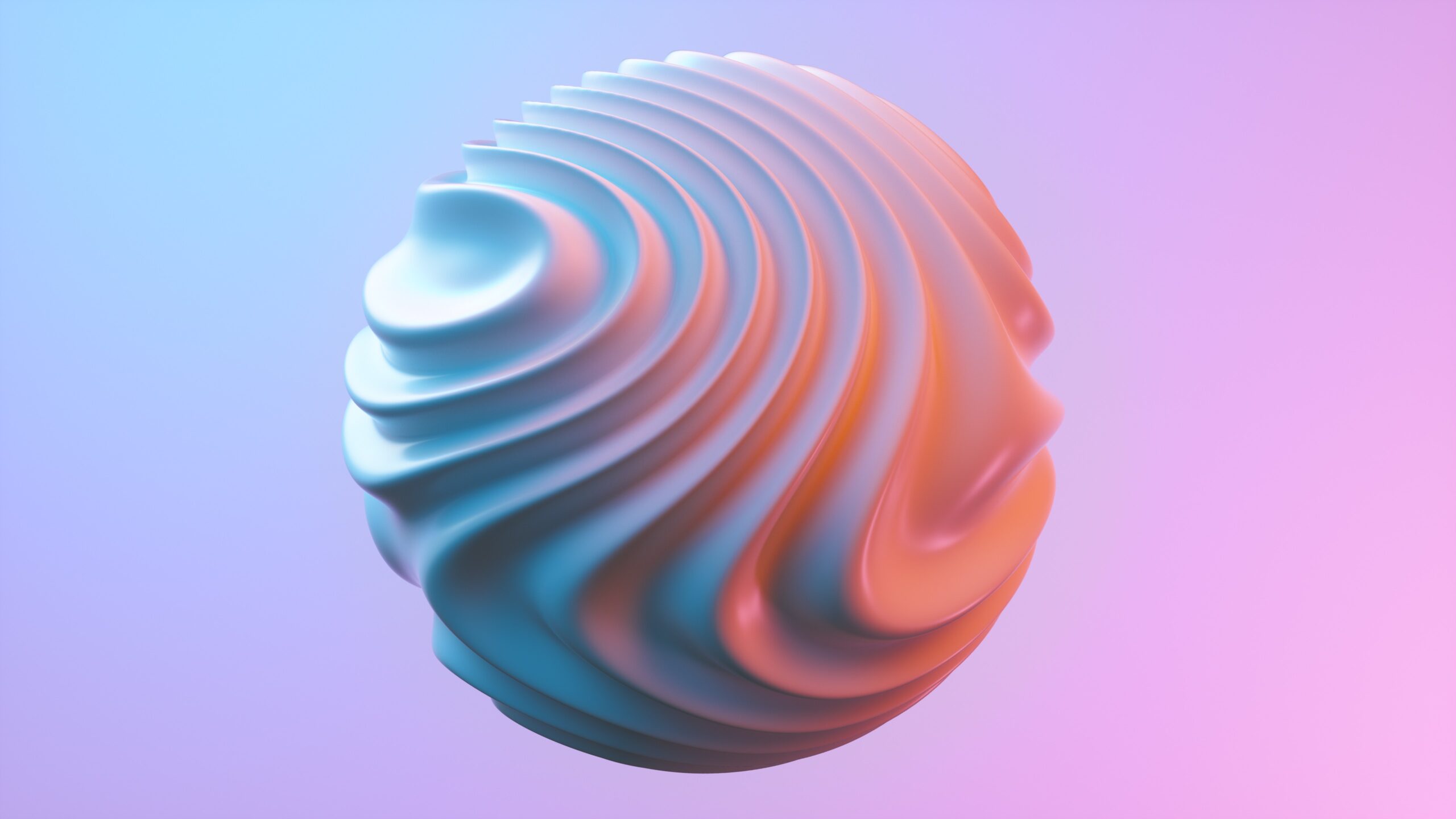Do you know where Midjourney sources its data and whether its AI-generated art is copyrighted? We’ve got you covered! Midjourney, one of the most popular AI art generators, has sparked debates about its data sources and copyright implications. With AI-generated images being widely used in commercial projects, understanding their legal and ethical aspects is crucial. Not only will we explore how Midjourney gathers its data, but we’ll also examine whether these images are legally protected or fall into the public domain.
Where Does Midjourney Get Its Data?
Midjourney’s AI model is trained on a vast dataset of images sourced from the internet. These images are paired with text descriptions, enabling the AI to understand styles, compositions, and artistic elements.
Key Data Sources:
- Public Domain Databases: Images that are free to use without any copyright restrictions.
- Licensed Image Libraries: Some datasets may be acquired through agreements with stock image providers.
- Web Scraping: AI models often collect publicly available images from websites, blogs, and online galleries.
Since AI models like Midjourney scrape publicly available data, they may include copyrighted works in their training sets, which raises ethical and legal concerns.
Is Midjourney’s AI Art Copyrighted?
AI-generated images, including those from Midjourney, generally do not qualify for copyright protection. In most jurisdictions, copyright laws require human authorship, meaning AI-created works do not receive the same legal protections as human-made art.
Legal Considerations:
- No Human Authorship: U.S. copyright law states that only works created by humans can receive copyright protection.
- Public Domain Status: AI-generated works are often considered public domain since no individual can claim ownership.
- Legal Precedents: The U.S. Copyright Office has denied copyright claims for AI-generated works, reinforcing the stance that such creations lack legal ownership.
Can You Use Midjourney Images for Commercial Purposes?
Yes, but with conditions. Midjourney’s terms of service allow users with a paid subscription to use AI-generated images commercially. However, because these images may be based on copyrighted material, legal risks remain.
Commercial Usage Guidelines:
| Plan | Commercial Rights | Stealth Mode (Private Image Generation) |
| Free Users | Cannot use images commercially | No |
| Paid Users | Can use images commercially | No |
| Pro Users | Can use images commercially | Yes |
Despite these permissions, companies and professionals using AI-generated art for branding, marketing, or sales should remain cautious about potential copyright disputes.
Why Is AI Art Copyright So Controversial?
AI-generated art sits in a legal gray area, leading to ongoing debates between artists, legal experts, and AI developers.
Arguments for Copyrighting AI Art:
- Creative Effort: Users provide prompts, adjust parameters, and refine outputs, making them active participants in the creative process.
- Investment in AI Development: Companies like Midjourney invest heavily in training models, which some argue should grant them intellectual property rights.
Arguments Against Copyrighting AI Art:
- Derived from Copyrighted Works: AI models are trained on existing images, making their outputs potentially infringing.
- No Human Authorship: Since AI generates the images, there is no direct human creativity in the final result.
How Are Artists Reacting to AI-Generated Art?
Many artists argue that AI-generated images devalue original artwork and blur the lines between genuine creativity and machine-generated content.
Concerns from the Art Community:
- Uncredited Use of Original Art: AI models train on images without obtaining permission from the original creators.
- Loss of Revenue: Some fear AI-generated art may replace human artists in commercial projects.
- Copyright Infringement Lawsuits: There have been discussions about legal action against AI companies that use copyrighted images in their datasets.
What Does the Future Hold for AI Art and Copyright?
As AI-generated art becomes more sophisticated, legal frameworks will need to evolve to address ownership and copyright concerns.
Possible Future Developments:
- AI Art Legislation: Governments may introduce new laws that define AI-created works and establish copyright guidelines.
- Artist Compensation Models: AI companies might be required to compensate artists whose work contributes to training datasets.
- Clearer Usage Rights: AI companies may need to refine their terms of service to prevent potential copyright disputes.
Conclusion
Midjourney sources its data from a mix of public domain images, licensed content, and web-scraped material, which raises ethical and legal questions about AI-generated art. While AI-created images generally do not qualify for copyright protection, their commercial use is permitted under Midjourney’s paid plans. However, concerns about intellectual property rights, artist compensation, and the impact on the creative industry remain unresolved.
As AI continues to evolve, the legal landscape will need to adapt to ensure fair treatment for both AI developers and traditional artists. Until then, businesses and creators using AI-generated images should remain aware of the potential risks involved.
